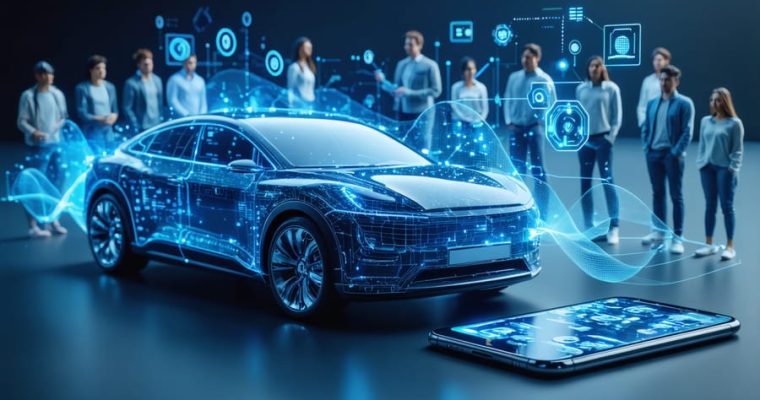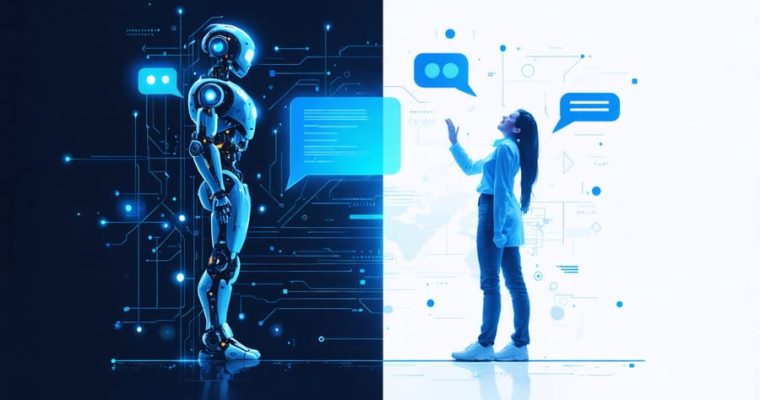AI Is Reshaping Accessibility Jobs in UX—Here’s What Designers Need to Know
The accessibility job market is transforming at an unprecedented pace, with artificial intelligence creating roles that didn’t exist five years ago. Companies now recognize that accessible design isn’t just about compliance—it’s about reaching the 1.3 billion people worldwide with disabilities, representing a $13 trillion market opportunity.
Traditional UX accessibility roles focused primarily on screen reader testing and WCAG compliance. Today’s positions demand expertise in AI-powered assistive technologies, voice interfaces, automated accessibility testing tools, and inclusive machine learning systems. Major tech companies are hiring accessibility-focused AI trainers who …










